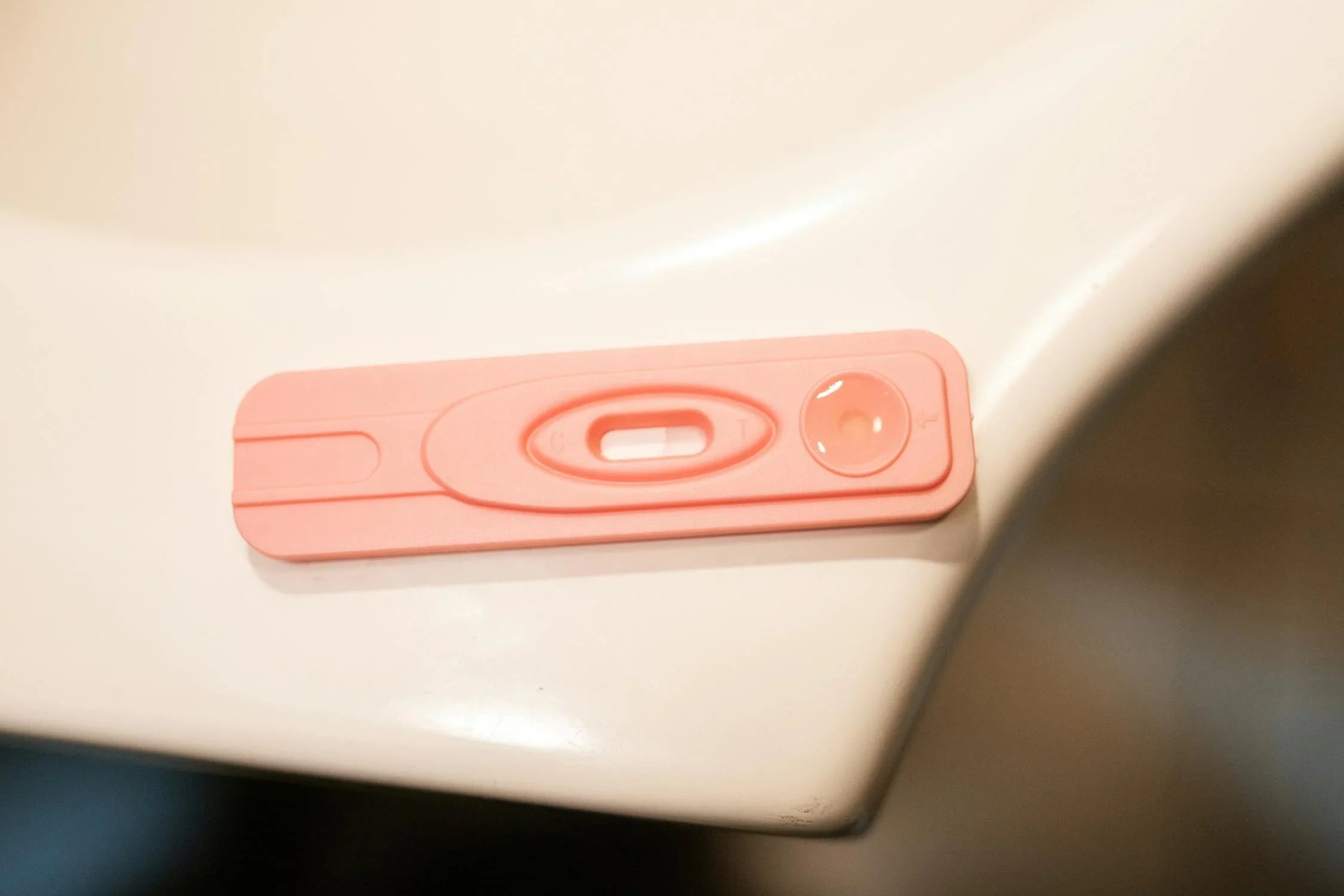Accueil
Pregnancy, Breastfeeding, and Pumping: The Ultimate Guide for Moms
When Did Home Pregnancy Tests Come Out: A Journey Through Time

When Did Home Pregnancy Tests Come Out: A Journey Through Time
Imagine a world where confirming a pregnancy required a visit to the doctor, long waits, and often invasive procedures. For centuries, women relied on ambiguous signs or medical professionals to determine if they were expecting. The invention of home pregnancy tests changed everything, offering privacy, convenience, and quick results. But when did home pregnancy tests come out, and how did they evolve into the reliable tools we use today? Let's take a journey through time to explore this groundbreaking innovation.
The Early Days of Pregnancy Detection
Long before modern science, women turned to folklore and rudimentary methods to detect pregnancy. Ancient Egyptians used barley and wheat seeds, believing that urine from a pregnant woman would cause the seeds to sprout. In medieval Europe, physicians examined urine for changes in color, clarity, or even taste. These methods were far from accurate, but they reflect humanity's enduring curiosity about pregnancy detection.
By the early 20th century, medical advancements introduced more reliable methods. Doctors began using hormone-based tests, which required injecting a woman's urine into animals like rabbits or frogs. If the animal showed signs of ovulation, it indicated pregnancy. While more accurate than earlier methods, these tests were time-consuming, expensive, and inaccessible to most women.
The Birth of Home Pregnancy Tests
The first home pregnancy test emerged in the 1970s, marking a turning point in women's health. This innovation was made possible by the discovery of human chorionic gonadotropin (hCG), a hormone produced during pregnancy. Scientists developed a method to detect hCG in urine, paving the way for at-home testing.
In 1977, the first home pregnancy test kit hit the market. It was a simple yet revolutionary device that allowed women to test for pregnancy in the privacy of their homes. The early kits required mixing urine with reagents and waiting for a color change, which could take up to two hours. While not as quick or user-friendly as modern tests, they were a significant step forward.
Advancements in Technology
Over the decades, home pregnancy tests underwent significant improvements. The 1980s saw the introduction of dipstick tests, which simplified the process by eliminating the need for mixing reagents. These tests provided results in just a few minutes, making them more convenient and accessible.
By the 1990s, digital technology transformed home pregnancy testing. Digital tests not only confirmed pregnancy but also estimated the number of weeks since conception. This added feature provided women with more information and peace of mind. Today, home pregnancy tests are highly accurate, easy to use, and widely available, offering results in as little as one minute.
The Impact on Women's Lives
The invention of home pregnancy tests had a profound impact on women's lives. For the first time, women could confirm pregnancy without relying on medical professionals. This newfound privacy empowered women to make informed decisions about their health and future.
Home pregnancy tests also played a crucial role in family planning. Couples could plan pregnancies more effectively, and women could seek prenatal care earlier, improving outcomes for both mother and baby. Additionally, the availability of these tests helped reduce the stigma surrounding pregnancy, making it easier for women to discuss their experiences openly.
Challenges and Controversies
Despite their benefits, home pregnancy tests have faced challenges and controversies. Early tests were criticized for their high cost, which made them inaccessible to many women. Over time, competition and technological advancements drove prices down, but affordability remains an issue in some regions.
There have also been concerns about the accuracy of home pregnancy tests. While modern tests are highly reliable, false positives and negatives can occur due to improper use or medical conditions. Experts recommend confirming results with a healthcare provider to ensure accuracy.
The Future of Home Pregnancy Testing
As technology continues to advance, the future of home pregnancy testing looks promising. Researchers are exploring new methods to detect pregnancy even earlier, potentially before a missed period. Innovations like smartphone-connected tests and wearable devices could further revolutionize the field, offering women even more convenience and accuracy.
Moreover, the integration of artificial intelligence and machine learning could enhance the reliability of home pregnancy tests, reducing the likelihood of errors. These advancements have the potential to make pregnancy detection more accessible and inclusive, benefiting women worldwide.
From ancient seed tests to cutting-edge digital devices, the journey of home pregnancy tests is a testament to human ingenuity and the enduring quest for knowledge. These tests have not only transformed women's health but also reshaped societal attitudes toward pregnancy. As we look to the future, one thing is certain: home pregnancy tests will continue to evolve, empowering women and improving lives in ways we can only imagine.
Partager

